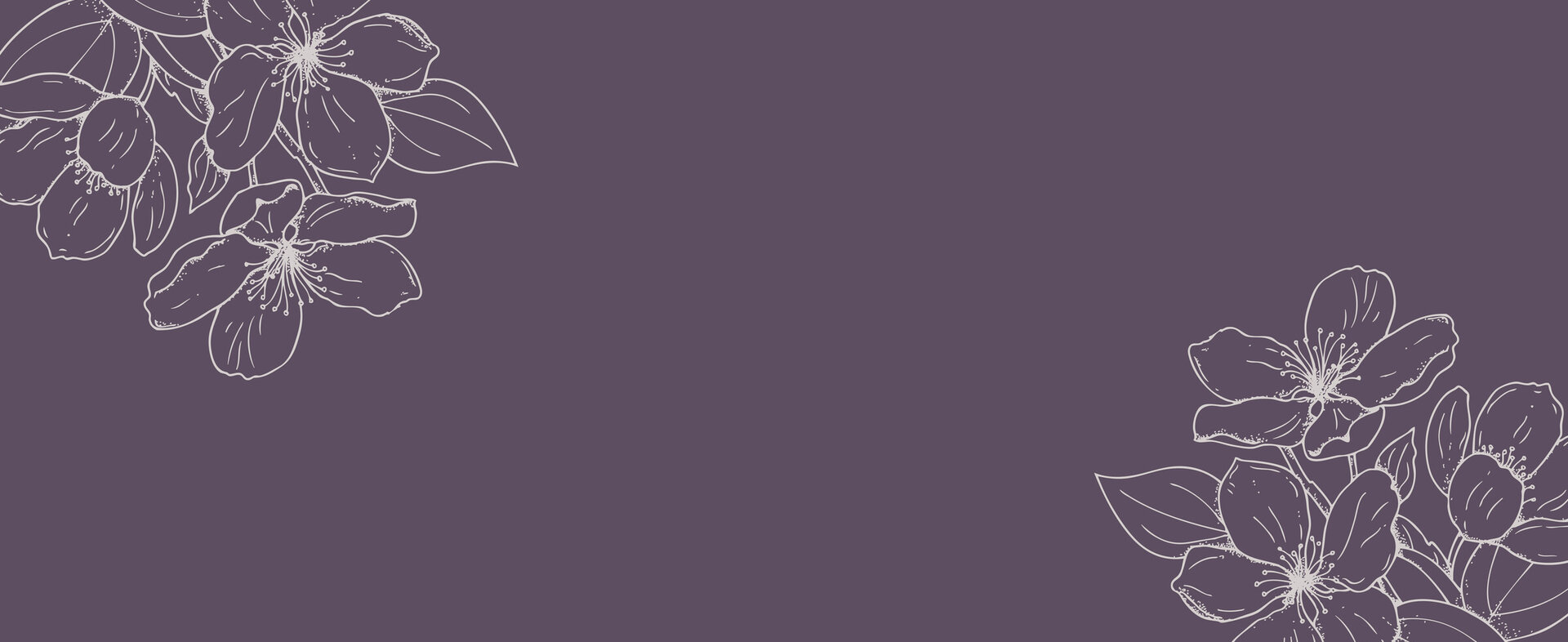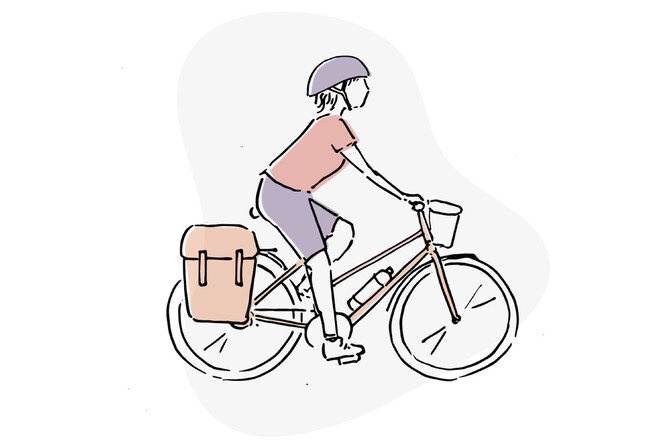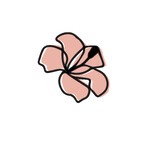POP at 26 / Story at 59
My moment of awareness of POP came as a huge surprise during a shower on my return home from hospital following the birth of my first child.
What on earth was this… was I laying an egg?!
This was a long time ago as that particular baby is now 33, and I am close to 60.
My POP journey has involved gynaecological appointments and treatment with a ring pessary (to hold everything up) and a subsequent repair job following the birth of my last child.
I have always been an active person, loving the outdoors, and because of this have carried on doing the things I love whenever possible… tramping, skiing, mountain biking and working on our farm, as well as part-time work as a physiotherapist.
How did my prolapse affect these things?
Due to the medical interventions I had early on, my body parts have mostly stayed in their rightful places! I would experience a heaviness and sometimes slight bulging below, especially at certain times in my cycle.
My POP is a rectocele which means that part of the rectum bulges through into the vagina due to a weakness in the pelvic floor support. In my case this injury was probably due to surgery to remove a pelvic bone-growth in the birth canal area. This was luckily found before kids… or we could have had a family with golf ball shaped dents in their skulls!
With the passing of the years I am experiencing some relapse. Following a visit to a pelvic physio I am focusing more on managing my bowel, as the state of its contents has quite an effect on my prolapse. So, detective work on the effects of what I eat has become the norm. The use of Ovestin cream has kept my menopausal tissues more supple.
I believe that keeping fit and avoiding being overweight have had a major beneficial role in managing my prolapse.
I am fortunate to live in a gorgeous, mountainous part of the South Island and over the past ten years have enjoyed a full day walk with friends every week. I love cycling and especially cycle touring, which of course is perfect as there is no extra weight on the body and ‘down below’ is fully supported. Tramping with a full pack can be more challenging, but I am planning to spend a month on the Te Araroa Trail this summer, so I will have to see how that goes.
Yoga and Pilates feel great for allowing everything to ‘slip back into place’, but I am careful not to put much load on my pelvic/abdominal area with the likes of double leg lifts. Too much pressure on this area is definitely detrimental.
I have a supportive family and I share my issue occasionally with women who are understanding or may have similar health challenges. I don’t believe I would cope so well if I felt isolated, and I find it empowering (for both sides) to be able to share in a confidential manner.
Looking forward, I am hopeful that I will be able to continue life as it is now for a long time without medical intervention. I know that I can return to the pelvic physio, or GP and gynaecologist if things worsen. Other women who live with POP will understand that it is something we just get on with, without it taking over our lives!



